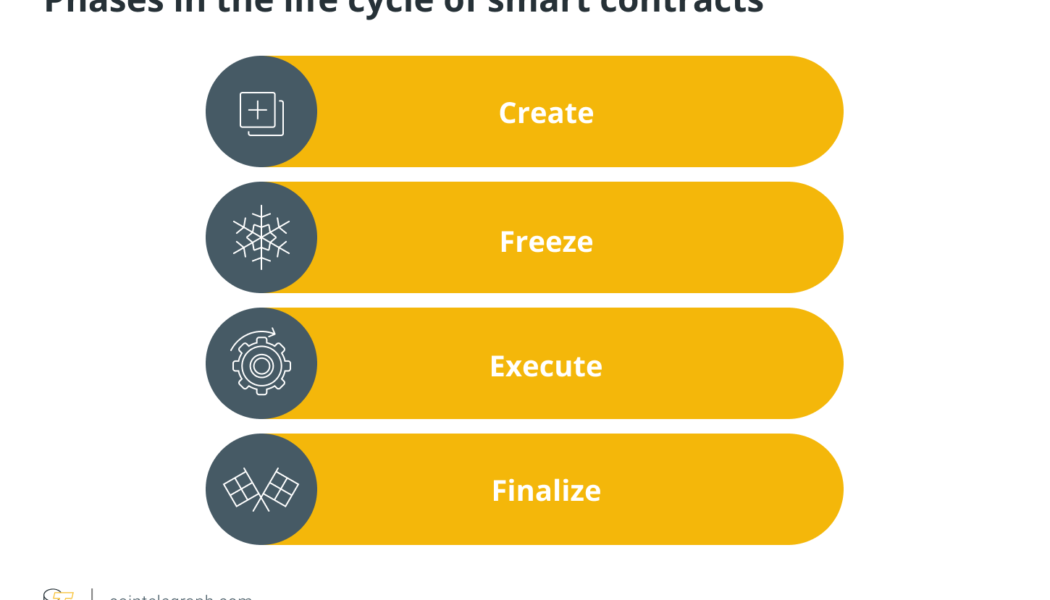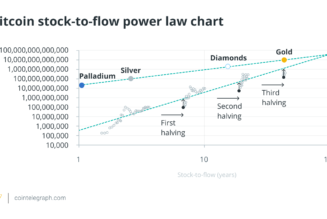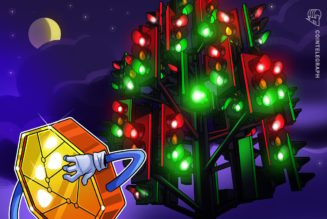The formation of a smart contract, freezing of the smart contract, execution of the smart contract and finalization of the smart contract are the four significant steps of a smart contract’s life cycle. It is different from the blockchain development life cycle, which begins with defining the issue you want to resolve with your blockchain product and ends with a minimum viable product.

Create
Iterative contract negotiation and an implementation phase make up the creation phase. First, the parties must agree on the contract’s overall content and goals. This is similar to traditional contract negotiations and can be done online or offline. On the underlying ledger platform, all participants must have a wallet. Its identifier is pseudonymous in most circumstances, and it is used to identify the parties and transfer payments.
The contract must be converted into code after the objectives and content have been agreed upon. The expressiveness of the underlying smart contract coding language limits the contract’s codification. Most smart contract systems provide the infrastructure to build, maintain and test smart contracts to validate their execution behavior and content.
The transition of requirements into code, as seen in traditional programming languages, necessitates multiple iterations between stakeholders and programmers. Smart contracts will be no different, and several iterations between the negotiation and implementation phases are likely.
During the publication phase, after the parties have agreed on the codified form of the contract, it is uploaded to the distributed ledger. During this phase, nodes in the distributed ledger receive the contract as part of a transaction block. The contract is available for execution once most nodes have confirmed the block. Because decentralized smart contracts cannot be amended once the blockchain has accepted them, any changes to the smart contract will necessitate the development of a new one.
Although a smart contract is placed on the blockchain, this fact alone should not be interpreted as a party’s agreement to enter the contract, as anyone can submit a smart contract to the blockchain, implying an obligation for any random wallet owner. Similarly, decentralized smart contracts can benefit any blockchain participant, whether or not they choose to receive the benefits in advance.
Freeze
Following its submission to the blockchain, the smart contract is confirmed by a majority of the participating nodes. A price must be paid to the miners in exchange for this service to keep the ecosystem from being flooded with smart contracts.
The contract and its parties are now open to the public and available through the public ledger. During the freeze phase, any transfers to the smart contract’s wallet address are blocked, and the nodes operate as a governance board, verifying that the contract’s preconditions for execution are met.
Execute
Participating nodes read contracts that are stored on the distributed ledger. So, how is a smart contract executed? The contract’s integrity is verified, and the code is executed by the smart contract environment’s inference engine (compiler, interpreter). The smart contract’s functions are conducted when the inputs for the execution are received from the smart oracles and involved parties (commitment to goods through coins).
The smart contract’s execution generates a new set of transactions and a new state for the smart contract. The set of findings and the new state information are entered into the distributed ledger and verified using the consensus mechanism.
Finalize
The resulting transactions and updated state information are put in the distributed ledger and confirmed using the consensus process after the smart contract has been performed. The previously committed digital assets are transferred (assets are unfrozen), and the contract is completed to confirm all transactions.
 [flexi-common-toolbar] [flexi-form class=”flexi_form_style” title=”Submit to Flexi” name=”my_form” ajax=”true”][flexi-form-tag type=”post_title” class=”fl-input” title=”Title” value=”” required=”true”][flexi-form-tag type=”category” title=”Select category”][flexi-form-tag type=”tag” title=”Insert tag”][flexi-form-tag type=”article” class=”fl-textarea” title=”Description” ][flexi-form-tag type=”file” title=”Select file” required=”true”][flexi-form-tag type=”submit” name=”submit” value=”Submit Now”] [/flexi-form]
[flexi-common-toolbar] [flexi-form class=”flexi_form_style” title=”Submit to Flexi” name=”my_form” ajax=”true”][flexi-form-tag type=”post_title” class=”fl-input” title=”Title” value=”” required=”true”][flexi-form-tag type=”category” title=”Select category”][flexi-form-tag type=”tag” title=”Insert tag”][flexi-form-tag type=”article” class=”fl-textarea” title=”Description” ][flexi-form-tag type=”file” title=”Select file” required=”true”][flexi-form-tag type=”submit” name=”submit” value=”Submit Now”] [/flexi-form]










Tagged: Blockchain, crypto blog, Crypto news, DeFi, Smart Contracts